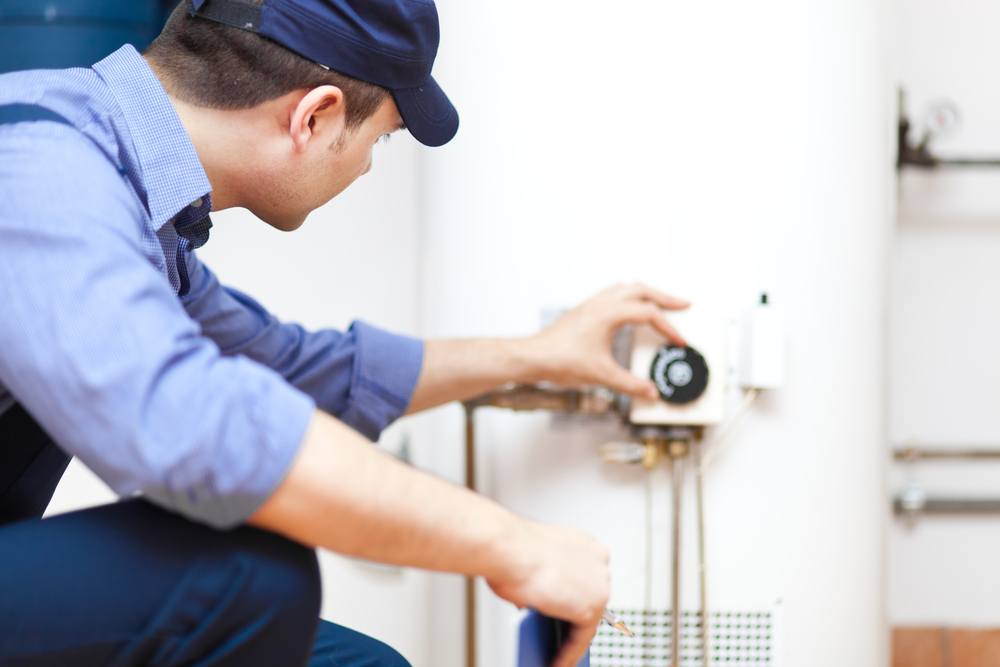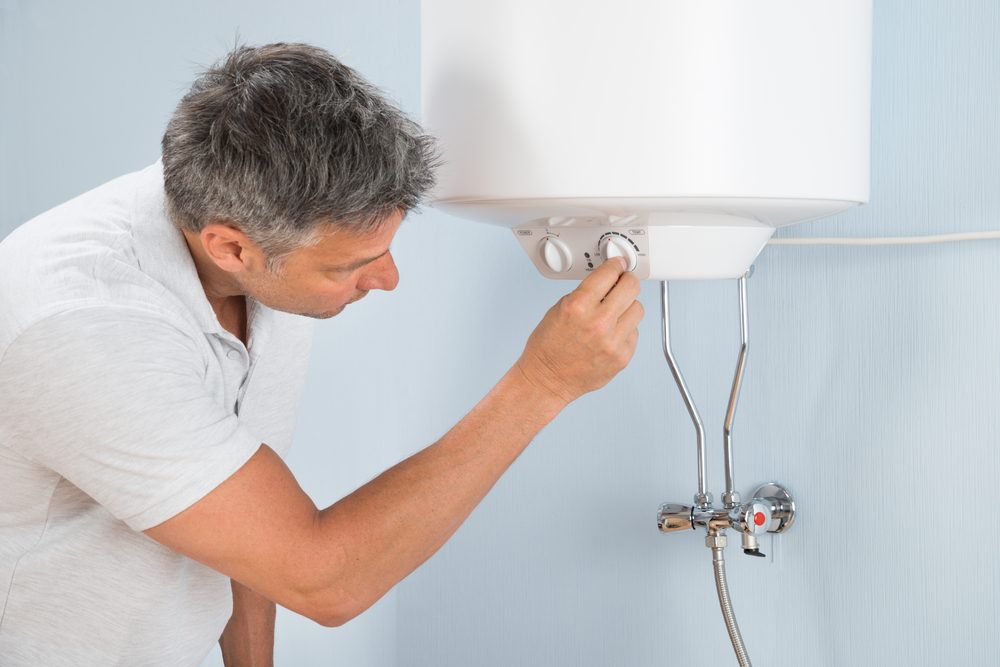How To Make Your WATER HEATER Energy Efficient
 Many homeowners never think twice about their hot water heaters. Since they are often tucked in a basement or garage, it can be easy to forget about these appliances. However, they should never be excluded from home energy efficiency projects! With just a few simple switches and DIY projects, you can greatly increase the efficiency of your water heater.
Many homeowners never think twice about their hot water heaters. Since they are often tucked in a basement or garage, it can be easy to forget about these appliances. However, they should never be excluded from home energy efficiency projects! With just a few simple switches and DIY projects, you can greatly increase the efficiency of your water heater.
Make These Simple Switches
Buy an energy efficient water heater.
Although these higher-end models cost more than standard water heaters, the savings add up over time and will eventually pay for the difference in cost. Be sure to look for the Energy Star label on your new water heater and choose the right style based on your needs. You’ll need to consider the size you have available in your home for a water heater and your fuel type to pick the right water heater for you. For example, solar water heaters use energy from the sun to heat the water, while tankless coil and indirect water heaters use your home’s heating system. It’s important to learn the many different types of heaters before choosing an energy efficient model.
Lower the temperature.
Manufacturers set the majority of water heaters at 140 degrees Fahrenheit, however most homes only need water heaters set to 120 degrees Fahrenheit. Not only does a water heater set at 140 degrees put you at risk of coming into contact with scalding water, but it also leads to mineral buildup and corrosion. To lower the temperature, turn off your electricity and locate the thermostat on the water heater. Electric water heaters will usually have thermostats behind screw-on plates, while gas storage water heaters have them near the bottom of the tank. By lowering the temperature to 120 degrees Fahrenheit, you could save up to $61 annually in standby heat losses and over $400 in demand losses!

Tackle These Projects
Insulate your water heater.
How old is your water heater? Chances are, unless you bought it in the last few years, it is not insulated. With insulation, you can reduce standby heating losses by 25-45% and lower your heating costs by 4-9%! This project can be completed fairly quickly and without the help of a professional, so your only cost will be materials. Luckily, most water heaters will fit into pre-cut insulation materials that cost around $20 at your local hardware store. Once you have the materials, turn off your water heater and wrap the insulation around the tank, taping it temporarily in place. Cut holes into the insulation so you can still access the tank’s controls. Once this is done, tape the insulation permanently in place and turn the water heater back on.
Insulate the pipes.
Now that you’re familiar with insulation, you should consider insulating part of your hot water pipes to make your water heater more energy efficient. When pipes are insulated, they can increase the temperature of the water by 2-4 degrees Fahrenheit. This means you can lower the temperature of your water heater down even further than previously suggested, since the pipes will retain more heat than usual. To insulate these pipes on your own, measure the length of all accessible pipes and buy enough insulation material to cover them. It is recommended that you use either pipe sleeves to complete this project. Once you have the material, secure the pipe sleeve over the pipe with the seam facing downwards on the pipe. When it is in place, tape or clamp the sleeve down with a cable tie every one to two feet to secure it in place.
With just these few simple switches and projects, you’re one step closer to an energy efficient home. Who knew energy efficiency could be so easy?


